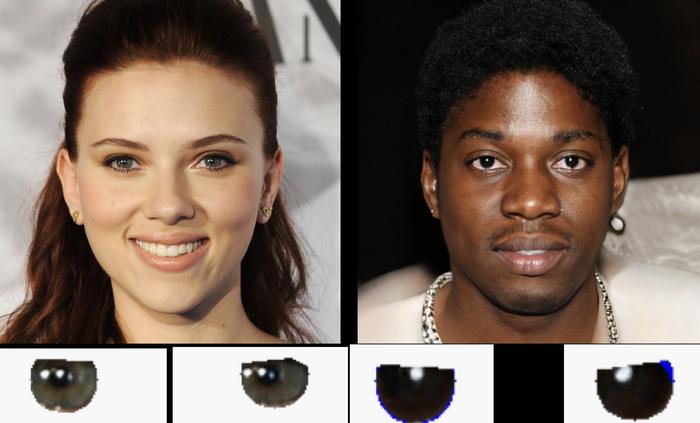Can You Spot a Deepfake? Here’s Where to Look.
To spot a deepfake, look for the stars in their eyes. New research shared at the Royal Astronomical Society’s National Astronomy Meeting in Hull suggests AI-generated fakes can be spotted by analyzing human eyes in the same way astronomers study pictures of galaxies. It’s all about the reflection in the eyeballs. When reflections match, the image is likely to be an actual human. If they don’t, they’re probably deepfakes.
Researchers analyzed reflections of light on the eyeballs of people in authentic and AI-generated images. They employed methods typically used in astronomy to quantify the reflections and checked for consistency between left and right eyeball reflections. Fake images often lack consistency, but real photos generally show the same reflections in both eyes.

CREDIT: Adejumoke Owolabi
Astronomers use the Gini coefficient to measure how the light in an image of a galaxy is distributed among its pixels. This measurement puts those pixels in ascending order by flux and compares the result to what would be expected from a perfectly even flux distribution. A Gini value of 0 is a galaxy where light is evenly distributed across all the image’s pixels. In contrast, a Gini value of 1 is a galaxy with all light concentrated in a single pixel.
It’s not foolproof, but it is useful.

